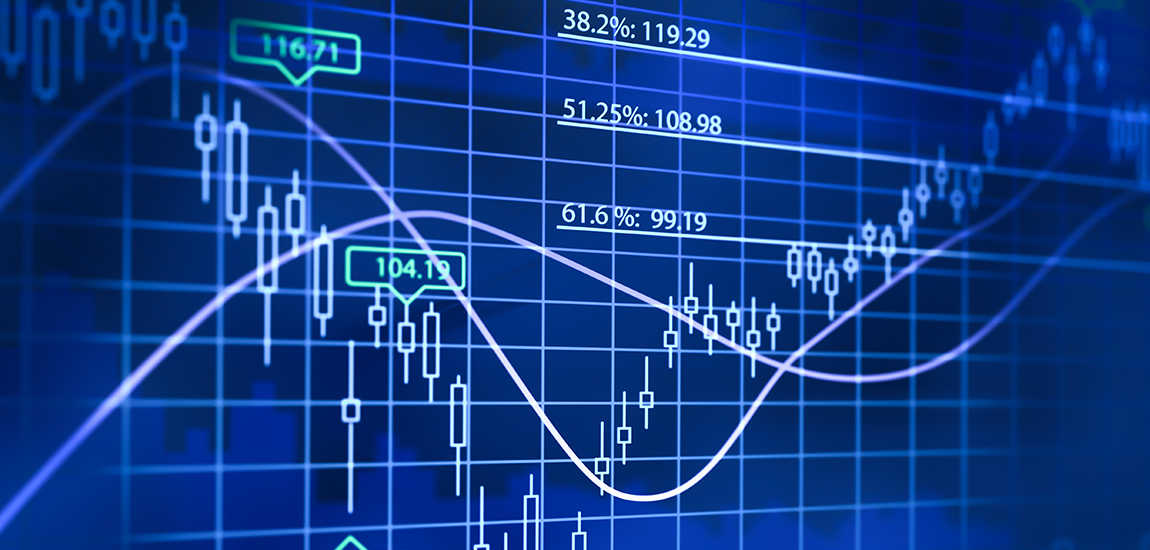
ETFs transferred to NYSE improved market quality
Following the PIMCO Active Bond ETF (NYSE: BOND) transfer in November 2022, four additional ETFs transferred their listings to the NYSE and now benefit from NYSE’s unique market model:
- Harbor Dividend Growth Leaders ETF (NYSE: GDIV)
- Harbor Long-Term Growers ETF (NYSE: WINN)
- Harbor All-Weather Inflation Focus ETF (NYSE: HGER)
- THOR Low Volatility ETF (NYSE: THLV)
Since transferring, these four ETFs trade with tighter quoted spreads, bigger quoted size and opening and closing auctions execute at prices closer to relevant benchmarks.
Liquidity metrics
Two foundational liquidity metrics are quoted spread, the difference between the consolidated best bid and best offer across the market (NBBO), and quoted share size, the total shares of trading interest quoted at the best bid and offer.
BOND continues to show improved market quality, and the four transfers experience similar benefits relative to the pre-transfer period. Since the transfers, the median quoted spread has dropped approximately 63% and 36% and the median quoted size has increased 15% and 70% for BOND and the four new transfers, respectively.
BOND Pre and Post Transfer Performance
Harbor and Thor ETFs Pre and Post Transfer Performance
Auction slippages
To measure closing auction market quality, we compared the closing price to both the last quoted midpoint price in the market before the auction and the Net Asst Value (NAV). For the opening auction, we compared the opening auction price to the market’s consolidated volume-weighted average price (VWAP) over the five minutes of trading after the auction. Since the four ETFs transferred to the NYSE, their closing price to last quoted midpoint dislocation dropped around 2% and closing price to NAV dislocation dropped around 17%. Their opening auction dislocation declined around 71%. Both measures to closing auction slippage highlighted significant drops after the transfers and the opening auction slippage was notable in staying low below 20bps.
Harbor and Thor ETFs Closing Auction Slippage
Harbor and Thor ETFs Opening Auction Slippage
Conclusion
ETFs that have transferred to the NYSE have experienced improved market quality. Liquidity is better during the day and opening and closing auctions price closer to key benchmarks.
1. Data compares October 1, 2022 through March 13, 2023 and sourced from the SIP.
NYSE Research Insights
Find all of NYSE Research's articles on market quality, market structure, auctions, and options.